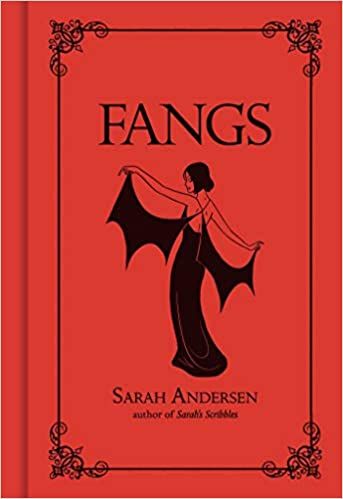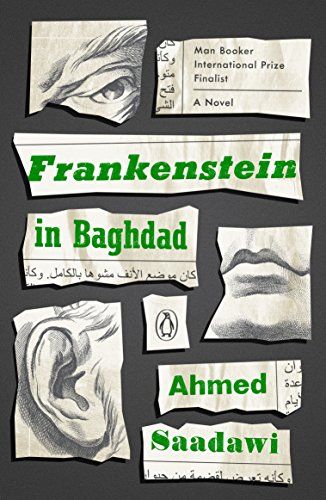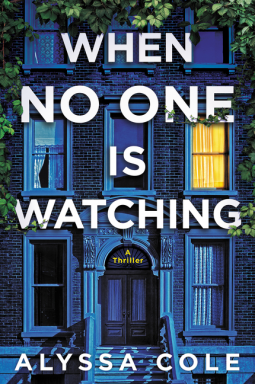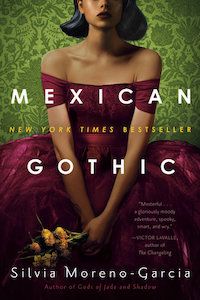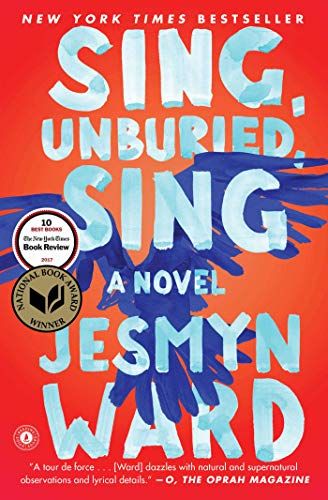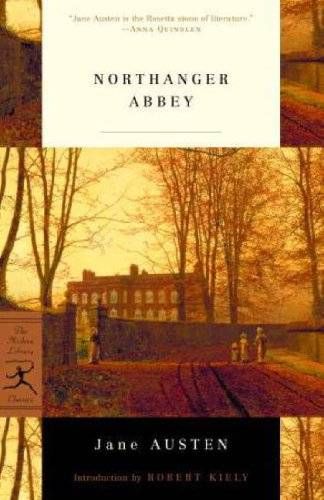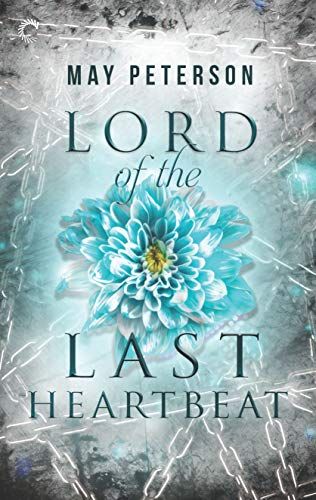When I was a library worker, I was tasked with increasing circulation among a certain part of the library’s collection. So I did what was very on trend: I wrapped the books up and add a little mystery gift tag to them. They flew off the shelves. Everyone loves a gift. I had distilled each book down to a one-word essence for the gift tag. The books sat beneath a poster that said “Read What You Need” in big bold letters. Some people needed Adventure, some needed Faith. People needed Love more than anything else. I’m aiming to provide that same service again, hoping to increase the circulation, so to speak, of gothic literature. It’s my heart’s own genre. I’ll provide descriptions for each of the books in my little display, but feel free to grab one of these gothic novels for every mood just based on its key word. You can’t really go wrong.
Gothic Sidebar
Gothic is a word that gets thrown around a lot and means different things in different contexts. Still, I want to put a few parameters on it. In the west, gothic literature’s rise coincided with the Enlightenment. It was a time when many people stopped sincerely fearing supernatural entities. That, in turn, made ghosts and monsters suitable for entertainment purposes. Gothic novels can have supernatural elements, or they may have seemingly supernatural happenings with more mundane explanations. Think of the Scooby Doo gang pulling the mask off the “ghost.”
Gothic literature is often exposing the everyday horrors in domestic situations, brought about by sinister forces. These sinister forces shift depending on who’s writing the novel and where we are in history. The earliest English gothic novels reveal animosity between various groups, like Catholics and Protestants, or the English and the Welsh. The gothic romance craze of the mid 20th century was notable for the books featuring women fleeing houses. That timed nicely with second wave feminism, a time when many women were trying to literally flee domestic life and join the work force. Southern gothic novels frequently reckon with the specter looming over American history, centuries of chattel slavery.
Despite the deep history and heavy themes, gothic literature is expansive. The best writers can deftly expose monsters both literal and metaphorical while delivering a thrilling reading experience that can suit a variety of moods. Here are nine varied Gothic novels so you can read what you need.
Love
Fangs by Sarah Andersen
Vampires are a mainstay of gothic literature, including classics like Carmilla and Dracula. They also have found their way into romantic narratives time and again. Fangs is a lovely gothic graphic novel by Sarah Andersen, well known for webcomic Sarah’s Scribbles. Elsie the vampire, still single after 300 years of undead life, meets Jimmy the werewolf. The two develop a true fondness for each other, despite or perhaps because of their macabre predilections. It’s a quick read and a truly adorable slice-of-life romance. If the idea of a goth girl and her golden retriever of a boyfriend appeals, this one is sure to satisfy.
Justice
Frankenstein in Baghdad by Ahmed Saadawi
Frankenstein is regarded as one of the masterpieces of gothic literature, and it has been adapted and retold countless times. Ahmed Saadawi set the story of a man made of spare parts in U.S.-occupied Baghdad. Scavenger Hadi attempts to cobble together the carnage of war into complete corpses for the purposes of giving them a proper rest. Naturally, one of the corpses goes on walkabout and mysterious deaths follow. The book is a darkly humorous and philosophical look at the aftermath of war. It asks the questions of how it’s possible to piece anything back together after unimaginable shared trauma. Vengeance might not be the same as justice, but there are no neat answers among all the mess.
Thrills
When No One is Watching by Alyssa Cole
Alyssa Cole’s debut thriller is pitched as the mashup of Get Out and Rear Window, both of which have major gothic vibes. Sydney Green and her new neighbor Theo get pulled into the mystery of why Sydney’s neighbors keep going missing. Instead of a single home under threat from sinister and possibly supernatural forces, it’s an entire historically Black neighborhood. The essential gothic question of whether you’re really safe in your home becomes expands in this novel, to encompass not just homes, but neighborhoods, and essentially the entire nation. If southern gothic novels grapple with the ugly history of slavery in the south, I would posit When No One is Watching is a northern gothic novel. It is grappling with the same ugly history, but examining the ill-gotten money flowing into the north.
Nightmares
Mexican Gothic by Silvia Moreno-Garcia
Mexican Gothic uses a trope common to many of the gothic romance paperbacks from the mid 20th century, when the novel itself is set. A young woman has to visit a creepy Gothic manor to investigate something mysterious, and possibly supernatural vicissitudes ensue. Specifically, Noemí travels to High Place, a manor adjacent to a mining village in a remote part of Mexico, to see if her newlywed cousin is truly in peril. The gothic tropes employed in this novel are classic, yet the novel is anything but stale. This thrilling read takes on colonialism, capitalism, eugenics, and how all tie into family structures. There are even more sinister forces at work you have to read to believe, but they certainly are visceral and nightmare-inducing.
Laughs
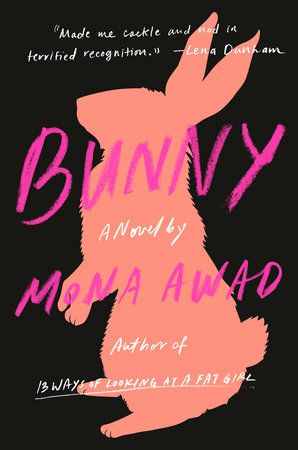
Bunny by Mona Awad
There’s a vein of the gothic running in the genre/aesthetic of Dark Academia, which may be where Bunny fits best. It has some similarities with the Dark Academia urtext The Secret History, because it’s about an outsider, Samantha, approaching a clique of writers in an MFA workshop who call each other “Bunny.” What the group does when they’re off campus is a little bit Heathers, a little bit The Craft, and all the way bananas. Anyone who’s been in a creative writing class will appreciate the dark humor and simultaneously feel brutally skewed by this one.
Truth
Sing, Unburied, Sing by Jesmyn Ward
Sing, Unburied, Sing is a recent entry into the southern gothic canon. Readers will know if they can stomach some of the brutality of this book from the first chapter, which describes a bloody goat slaughter. Leonie, a drug-addicted mother, packs her children Jojo and Kayla into the car to journey across Mississippi to pick their father up from prison. Ghosts populate the book, which evokes other works like Toni Morrison’s Beloved, the Odyssey, and even the Old Testament. The book is grappling with complex truths about the American south and the continuing legacies of racism.
Friendship
Northanger Abbey by Jane Austen
I don’t think there’s enough love out there for Northanger Abbey, Jane Austen’s first completed novel, published posthumously. It is a gothic novel that lampoons gothic novels. Like Don Quixote, Northanger Abbey’s Catherine Morland has read so many gothic novels that when she finds herself staying in the titular abbey, she thinks she’s found herself in a gothic plot. Austen spoofs the gothic so well because she loved it so much. Like many of Austen’s books, there are great female friendships in Northanger Abbey. Catherine and her friend Isabelle are especially aspirational in how they discuss their favorite “horrid” novels.
Mystery
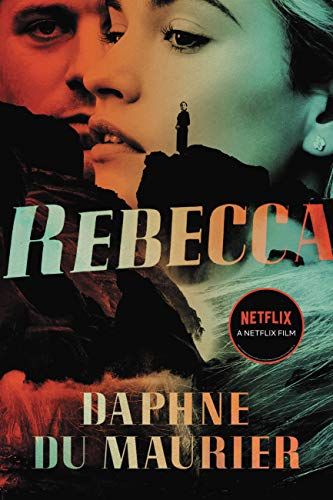
Rebecca by Daphne Du Maurier
This book is the blueprint for the aforementioned “women running from houses” paperbacks of the mid 20th century. The main character of the book, the second Mrs. de Winter (whose full name we never learn) rushes into marriage with Mr. de Winter and moves to Manderley, his moody, foggy Cornish ancestral estate. Manderley is haunted, figuratively if not literally, by the ghost of Rebecca, the first Mrs. de Winter. The second Mrs. de Winter becomes obsessed with uncovering the truth of what happened to her predecessor. The prose is florid and captivating, though by the end the plot becomes more of a courtroom drama and police procedural. Readers who want to understand the trajectory of gothic literature will want this as part of their syllabus. I will note, however, that there is dated and offensive language in this book regarding a character with an intellectual disability.
Action
Lord of the Last Heartbeat by May Peterson
This book takes the gothic to a baroque, operatic place of high drama and action, and I can safely say you’ve read nothing quite like it. Mio, the main character, has a literally enchanting singing voice. He needs to free himself of his mother, who uses Mio’s powers for her own gain. So Mio invests the help of Rhodry, an immortal moon soul with a bear spirit, who happens to live in the haunted house to end all haunted houses. The prose is lush, the romance is strong, and the plot is intricate. It’s the kind of book that sweeps you off your feet and keeps you tumbling breathlessly until the end.
